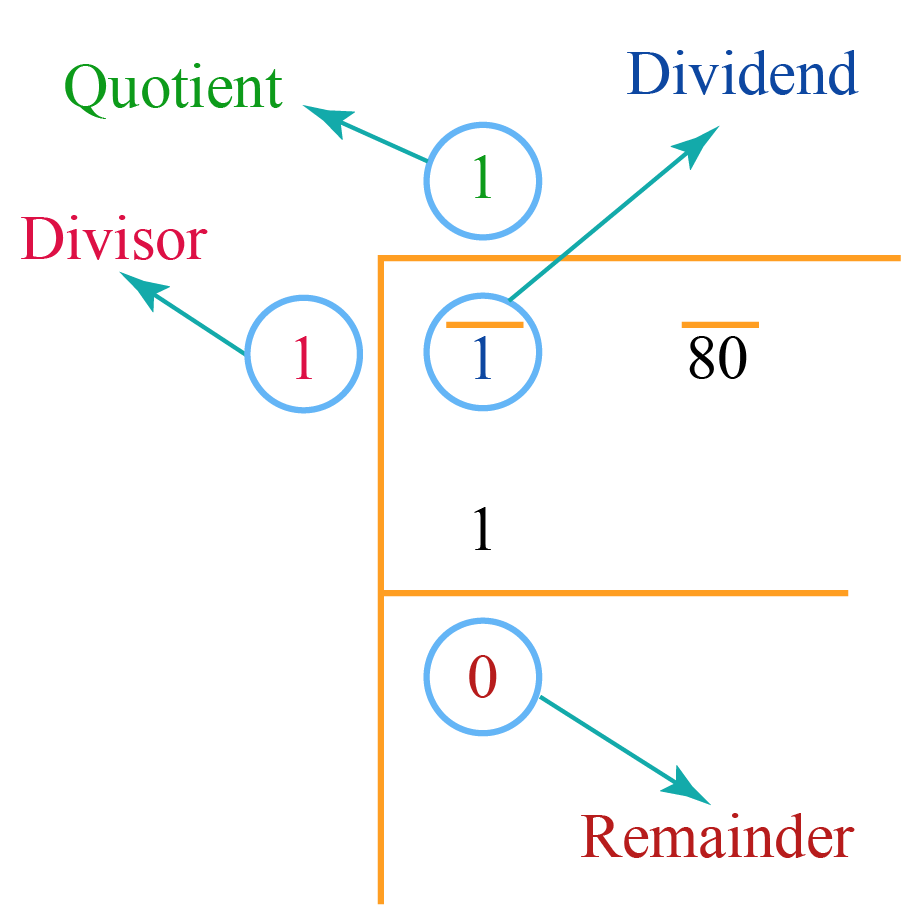

Thus, we can write our square root in terms of its factors like this: Sqrt(3 × 3 × 5). We know that 45 = 9 × 5 and we know that 9 = 3 × 3. As an example, let's find the square root of 45 using this method.When you find two prime factors that match, remove both these numbers from the square root and place one of these numbers outside the square root. Then, look for matching pairs of prime numbers among your factors.

Write your number out in terms of its lowest common factors. Finding perfect square factors isn't necessary if you can easily determine a number's prime factors (factors that are also prime numbers). Reduce your number to its lowest common factors as a first step. Checking with a calculator gives us an answer of about 5.92 - we were right. Since 35 is just one away from 36, we can say with confidence that its square root is just lower than 6. 35 is between 25 and 36, so its square root must be between 5 and 6. For example, Sqrt(35) can be estimated to be between 5 and 6 (probably very close to 6).

A number's factors are any set of other numbers that multiply together to make it. This method uses a number's factors to find a number's square root (depending on the number, this can be an exact numerical answer or a close estimate).

There is a strong correspondence between ellipsoids and PSD matrices.Divide your number into perfect square factors. The decomposition is then known as the Cholesky decomposition of. If is positive-definite, then we can choose to be lower triangular, and invertible. Another choice, in terms of the SED of, is. The decomposition is not unique, and is only a possible choice (the only PSD one). If is PD, then so is its square root.Īny PSD matrix can be written as a product for an appropriate matrix. We can express this matrix square root in terms of the SED of, as, where is obtained from by taking the square root of its diagonal elements. Indeed, if is PSD, there exist a unique PSD matrix, denoted, such that. Examples of PSD matricesįor PD matrices, we can generalize the notion of ordinary square root of a non-negative number. PD) if and only if all of its (diagonal) elements are non-negative (resp.


 0 kommentar(er)
0 kommentar(er)
